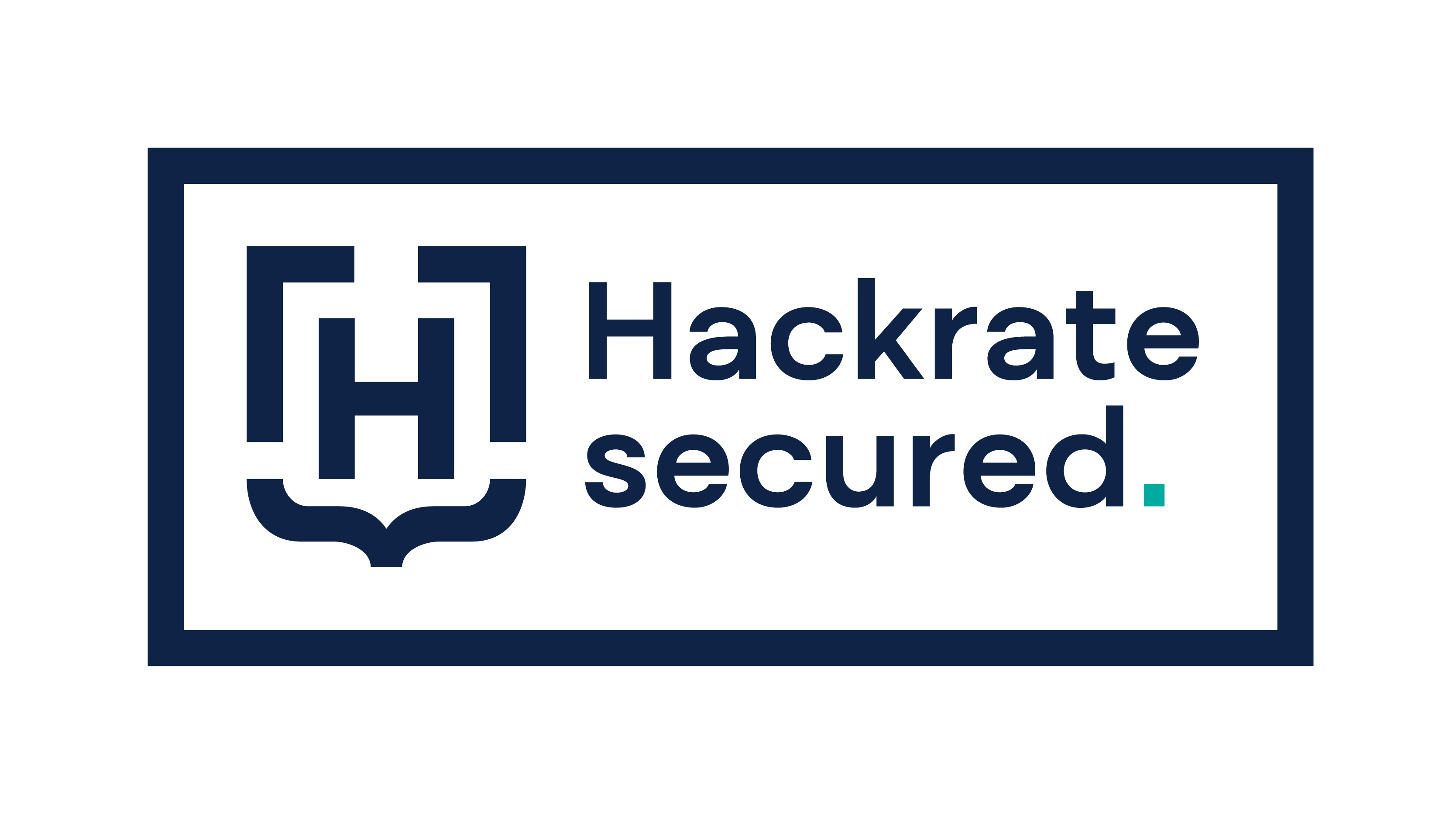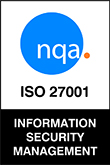In today’s hyper-connected digital landscape, safeguarding user identities is no longer optional—it’s mission-critical. With growing reliance on cloud platforms, remote work, and data-driven operations, businesses must ensure that access to their systems is both seamless and secure. This is where Identity Management (IDM)—also known as Identity and Access Management (IAM)—comes into play.
At its core, Identity Management is about managing who has access to what within an organization. It ensures that employees, partners, and customers can interact with the systems they need—without exposing sensitive data to unnecessary risk. But what does IDM really entail, and why has it become such a foundational element of cybersecurity?
What Identity Management is all about
In the simplest terms, IDM is the process of creating, maintaining, and securing digital identities. It governs what resources they can access, and what level of permission they have. A modern IDM solution doesn’t just authenticate users through passwords or biometrics; it also authorizes their actions based on roles or policies, and continuously monitors user behavior for anomalies.
Why IDM is more important than ever
Cybersecurity threats are evolving fast—and identity is now the new security perimeter. A staggering 80% of cyberattacks leverage compromised identities or stolen credentials as an entry point, according to research from CrowdStrike. Without proper IDM, organizations are not only vulnerable to these breaches, but also to internal threats, regulatory violations, and operational inefficiencies.
The risks of poor identity governance include:
- Data breaches that can cost millions and damage brand trust
- Insider threats that are hard to detect without continuous monitoring
- Non-compliance with laws like GDPR, HIPAA, and SOX
- Manual processes that waste time and increase the chance of human error
Modern IDM doesn’t just protect—it enables. Automated provisioning and deprovisioning streamline HR and IT processes. Context-aware policies improve security without hurting user experience. And centralized access management means businesses can scale confidently.
Who really needs Identity Management?
While any company with digital users will benefit from IDM, it’s particularly critical for certain types of organizations:
- Large Enterprises (100+ employees) often struggle with account sprawl and inconsistent access policies. IDM provides structure and automation to manage access at scale.
- Regulated industries such as healthcare, finance, and legal sectors must meet strict data protection and audit requirements. IDM ensures compliance by maintaining detailed logs and enforcing access restrictions.
- Cloud-native businesses face the challenge of managing identities across multiple platforms—SaaS, PaaS, and IaaS. IDM tools unify this access and ensure consistency.
- Remote and hybrid workplaces introduce new security challenges. IDM enables secure, frictionless access for users logging in from anywhere, using any device.
The global market for identity and access management reflects this growing demand. Valued at $22.9 billion in 2024, it is projected to reach $34.3 billion by 2029, growing at a compound annual growth rate (CAGR) of 8.4%, according to MarketsandMarkets.
The Bottom Line
In a world where 80% of cyberattacks start with compromised credentials, Identity Management (IDM) has become a strategic must-have—not just an IT concern. Identity Management is no longer a back-office function—it’s a strategic asset. IDM ensures the right people access the right resources, securely and efficiently. It helps protect data, improves operational efficiency, and ensures compliance. But more than that, it builds trust: with your employees, your partners, and your customers. If your organization manages sensitive data, operates in a regulated space, or simply wants to stay ahead of today’s security threats, IDM is not just a good idea—it’s a business necessity.
Discover how TheFence can help you automate identity governance, enforce Zero Trust, and eliminate access risks—while ensuring compliance. Get a demo with a TheFence specialist!













